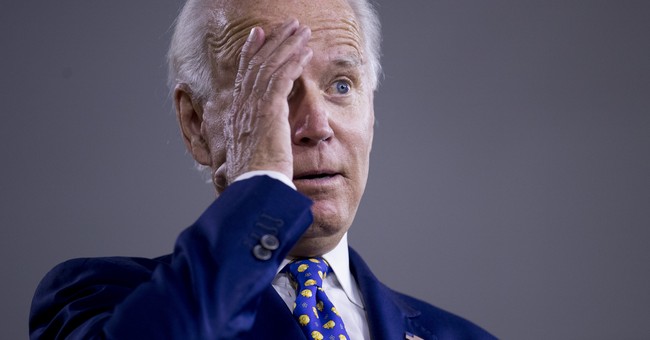
As is becoming obvious to anyone paying even the slightest bit of attention this year, Americans are voting by mail — absentee ballot or otherwise — in numbers never before seen.
Each party gathers data on absentee voting by their members in the days/weeks leading up to the election because those are “banked” votes. They can compare the number of absentee ballots — based on telephone calls to registered voters who they know requested ballots — in order to make historical comparisons to the voting patterns in previous elections.
But 2020 isn’t like any previous election. The number of voters who will cast their ballot in a manner other than in a precinct location on election day will be orders of magnitude higher than has ever before been the case.
But that is a reason why having an accurate picture of the early voting by mail is so crucial — those voters can be taken off the “must contact” list for door-to-door and telephone canvassers for each party. Knowing who has already voted helps target resources and efforts at voters who have not already voted, making those efforts more efficient and more successful.
I discovered this interesting site, United States Election Project, for looking at the early voting trends regarding returned absentee ballots. The site does a weekly update of the numbers and what conclusions can be drawn from them.
The update last Sunday was generally positive for Democrats in the sense that early voting is way up, and the early voting numbers are heavily in favor of Joe Biden.
But early voting was always expected to be way up, and having the Democrat candidate lead in early voting is the “norm” in Presidential elections. It is a historical fact that GOP absentee ballots tend to come in closer to election day than do Democrat absentee ballots. There are reasons for his having to do with the different demographic makeup of the supporters of the two parties.
One factor pointed out is that because Pres. Trump has raised so many questions about the use of mail-in ballots, and with early precinct voting being more and more widely available, it is likely that some GOP voters who vote before election day will prefer to vote early in a polling station rather than through the mail. This will artificially depress mailed-ballot totals but lead to an increase in the number of early votes in polling places.
But one issue of concern that is reflected in the early absentee numbers is the failure of young voters to cast their ballots early as projected. This is a factor that has happened in earlier elections, and it portends difficulty for Democrat candidates when all the votes are counted.
Many of you follow me because I am ahead of the curve on voting trends. I will make this prediction, which is easy to make since it is already evident in this year’s data, just as it was in prior years’ data:
I predict in the coming weeks the Democratic narrative will change from euphoria over the apparent large leads in early voting to concern that a disproportionately large number of younger voters have yet to return their mail ballots.”
He makes this as a generalized prediction, but he is looking specifically at ballot return numbers in North Carolina, where 46% of voters over age 65 who requested an absentee ballot have already returned them, but only 22% of voters under age 25 have done the same thing.
But North Carolina is a bit of a “bellwether” state on the subject because they have been accepting absentee ballots for 5 weeks already, so the sample size of the returns is significant.
Young voters tend to be the least reliable when looking at the number of voters who claim before the election they intend to vote, and then comparing the number who actually did vote in the election. The fact that nearly 80% of young Democrat voters who requested an absentee ballot in North Carolina have not taken the time to vote and mail the ballot back after five weeks — with only three weeks left until the election — is going to start to sound alarm bells in Democrat heads about whether that problem exists more broadly.
And this issue goes back to a concern about Joe Biden as the Democratic candidate that will never go away — the fact that he’s 77 years old, in obvious mental decline, and simply is NOT the candidate that younger voters supported in the Democrat primary season.
For young voters, their timeline horizon is much longer. There is another election 4 years, and there will likely be a younger nominee from the Democrat party who more closely reflects their political and generational views.
It is not for nothing that the last two Democrats to win the Presidency — both with an open White House — were 46 and 47 years old when elected, and both reflected generational change atop the Democrat party.
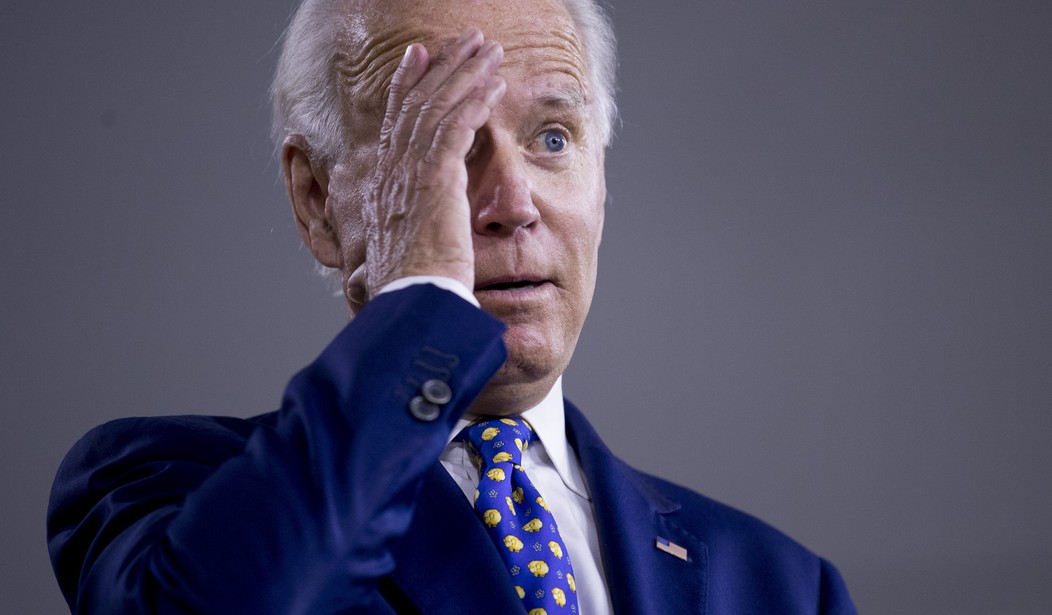

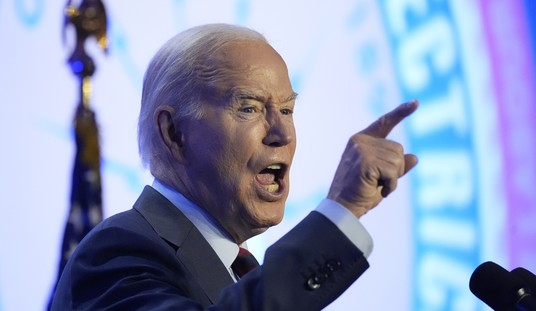
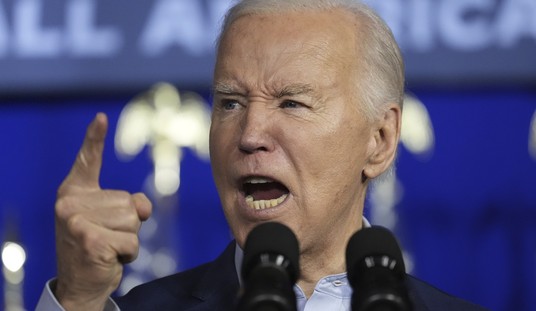
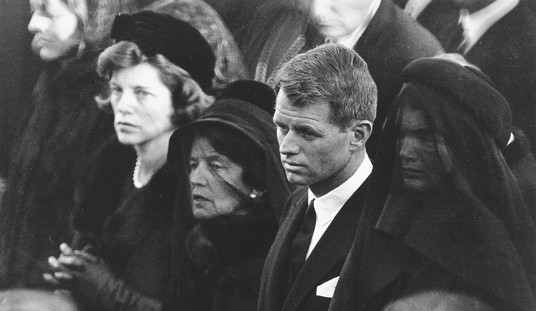





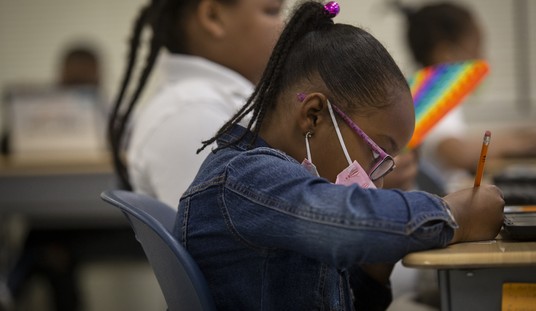
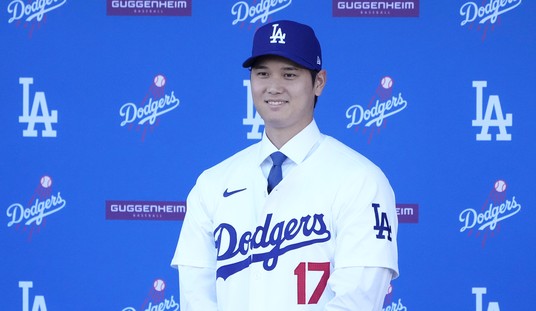
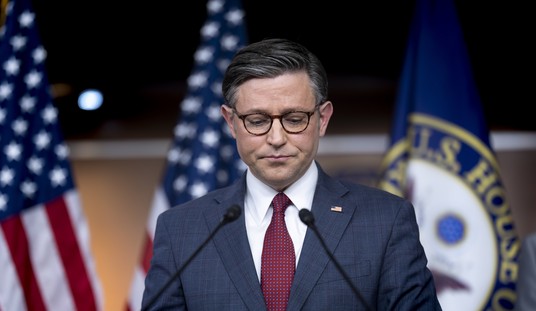

Join the conversation as a VIP Member